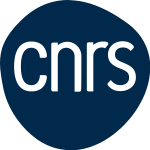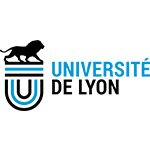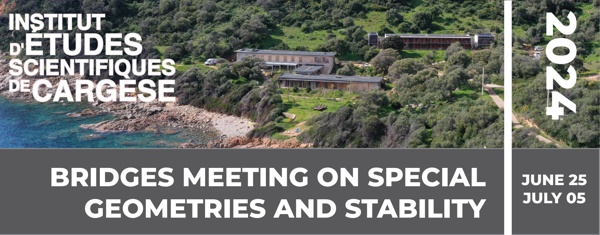Mini-course
G_2 and the exceptional Lie groups in complex projective geometry
Laurent Manivel (CNRS & Toulouse University)
These lectures will provide an introduction to the rôle of G_2, as well as the other exceptional groups, in complex projective geometry.
We will start by introducing the generalized flag manifolds of type G_2: the projective varieties admitting a transitive action of the complex Lie group G_2. The most interesting one is the adjoint variety, which is related to K3 surfaces and parametrizes six-dimensional subalgebras of the (complexified) octonions. Four-dimensional subalgebras are parametrized by another interesting projective variety, the Cayley Grassmannian, whose G_2-action is not transitive but only quasi-transitive.
Each simple complex Lie group has its own adjoint variety, which is a projective complex contact manifold. A major conjecture by Lebrun and Salamon predicts that any Fano contact manifold should be of this type. The triviality group of G_2,which is Spin_8, provides the key to a uniform view on the exceptional Lie groups and their adjoint varieties. Following the classical idea to study Fano manifolds through their rational curves of minimal degree, one obtains another series of manifolds, called subadjoint varieties, with a very specific geometry. From G_2 one simply gets a twisted cubic curve; the other subadjoint varieties can be seen as twisted cubics over Jordan algebras and this makes their geometry almost transparent.
If time permits, I will also explain how Bhargava and Ho related subadjoint varieties to certain families of elliptic curves. This relies on important ideas of Vinberg on graded Lie algebras, and a graded version of the Grothendieck-Brieskorn-Slodowy theory of simple singularities.








